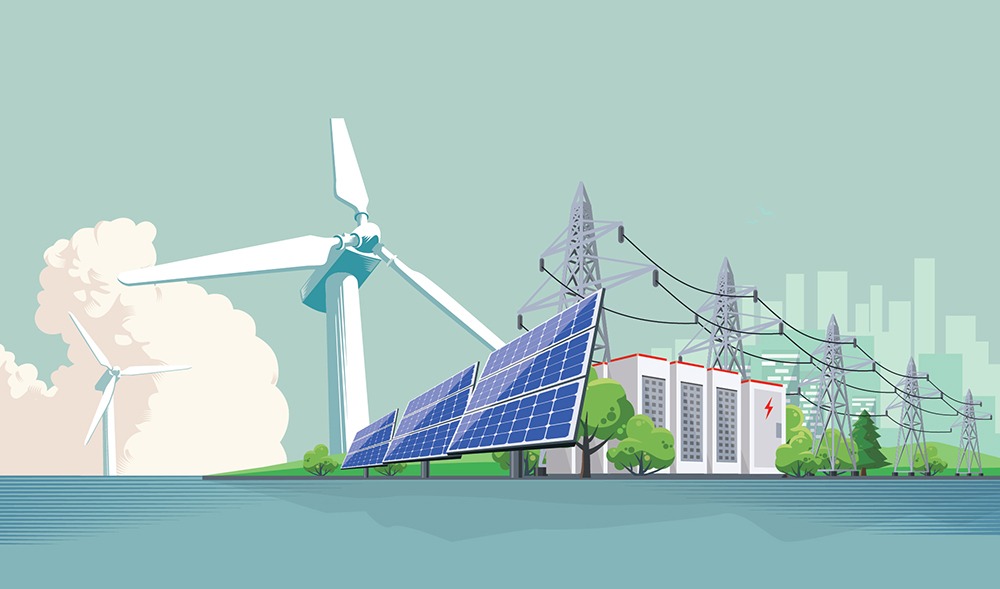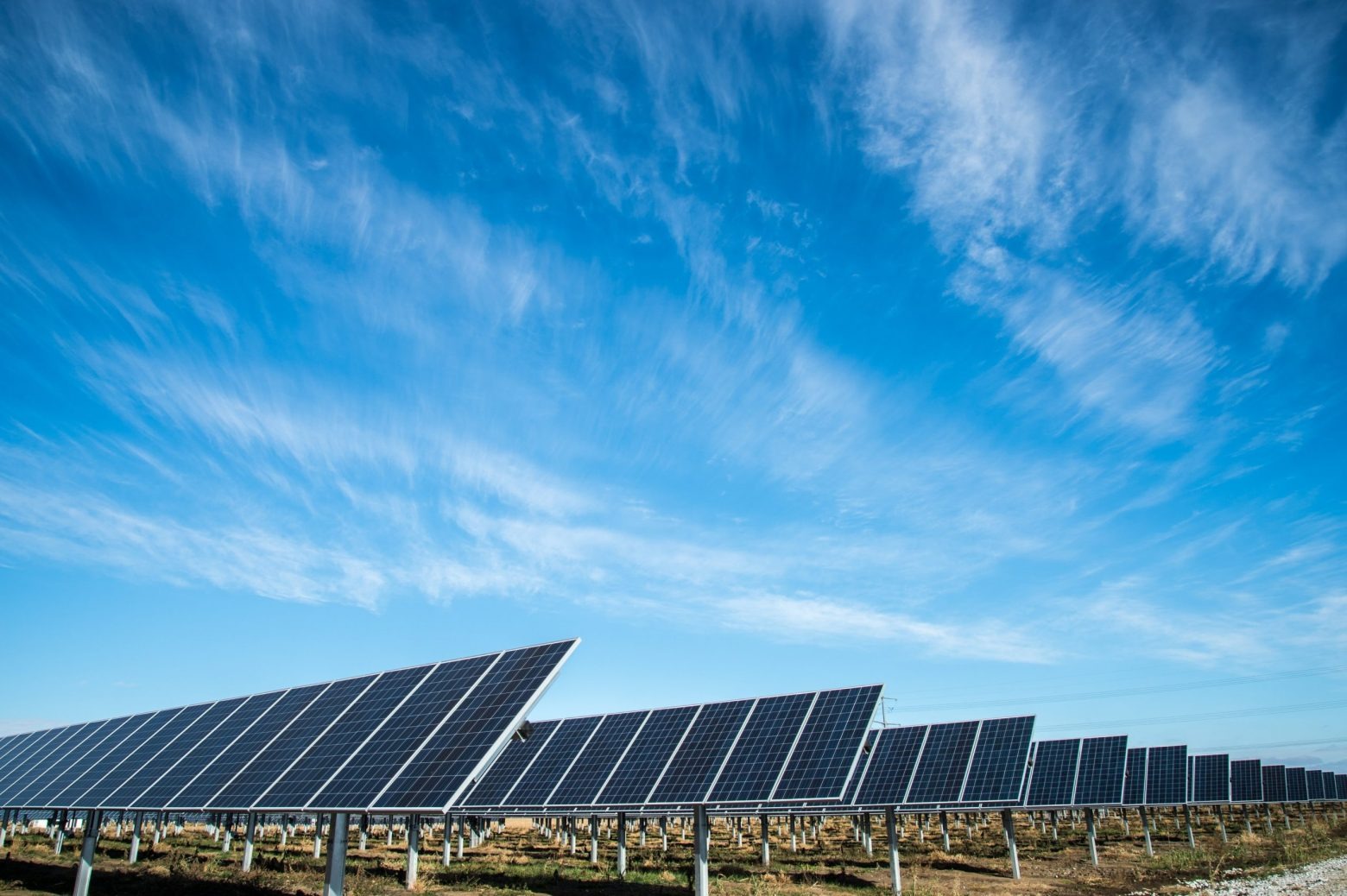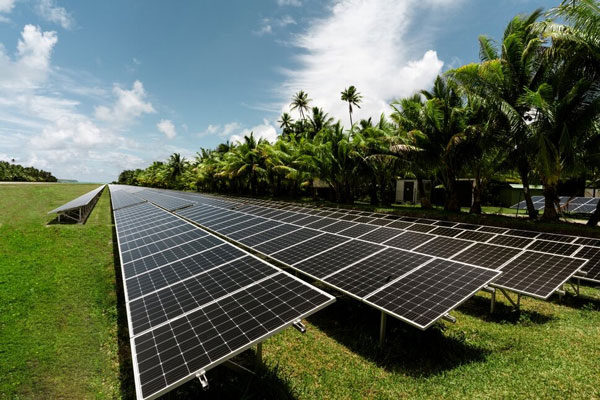Assess Energy Needs
Determining the extent of your energy requirements is the first critical step in optimizing your solar storage. This activity involves numerous specific stages:
-
Review your present level of energy consumption. Consult your utility bills and start by gaining an understanding of how much energy you have used in the past 12 months. There is an established range of normal monthly consumption for a standard household, which is 877 to 1,300 kWh. Real-time data monitoring tools or smart meters that can show usage over the day and the whole year will also be very helpful.
-
Identify devices that require the most amount of energy. The usual consumption can range from 3,000 to 4,000watts in heating or air conditioning units, hot water and cooking units or those heavy kitchen appliances.
-
Factor in prospective energy requirements. There may be new appliances on the horizon or possible home expansions with new electric vehicles each of which may increase your energy needs. An electric car is believed to require 30 kWh a month per each 1,000 miles it travels.
-
Account for energy-efficiency. Upgrades in home insulation, the use of LED bulbs, or an increase in wall insulation may help reduce the usage substantially. LED light bulbs, for example, can help to save up to 75% of the electric energy used in this household for lighting purposes.
-
Contemplate seasonal energy fluctuations. Weather may be anticipated to require more either cooling off or heating at given points of the year, with warm month often the expected outcome in summer, cold in winter. The length of sunlight hours will also vary with the seasons, swing from merely 4 or 6 in sunless winter, to 10 or 14 in sweltering summer. Make sure your batteries can suffice for these discrepancies in the long run.
-
Set targets for storage amount. Decide how much you wish to store and how long the supply should suffice you. Three to five days is a reasonably safe quantity to have in a case of being left without a new light and electricity with an intention to use a solar power. A household using 30 kWh a month, for example, should shoot somewhere between 90 and 150 kWh. Ways to reducen were taken by a family in California, which would frequently face both outages and a costly price of energy. Upon conducting a detailed analysis, they were found to have had an average monthly consumption of 1,200 kWh. Equipped with 10 kW solar panels and 50 kWh batteries, they are now saving some 20% of what they used to spend monthly.
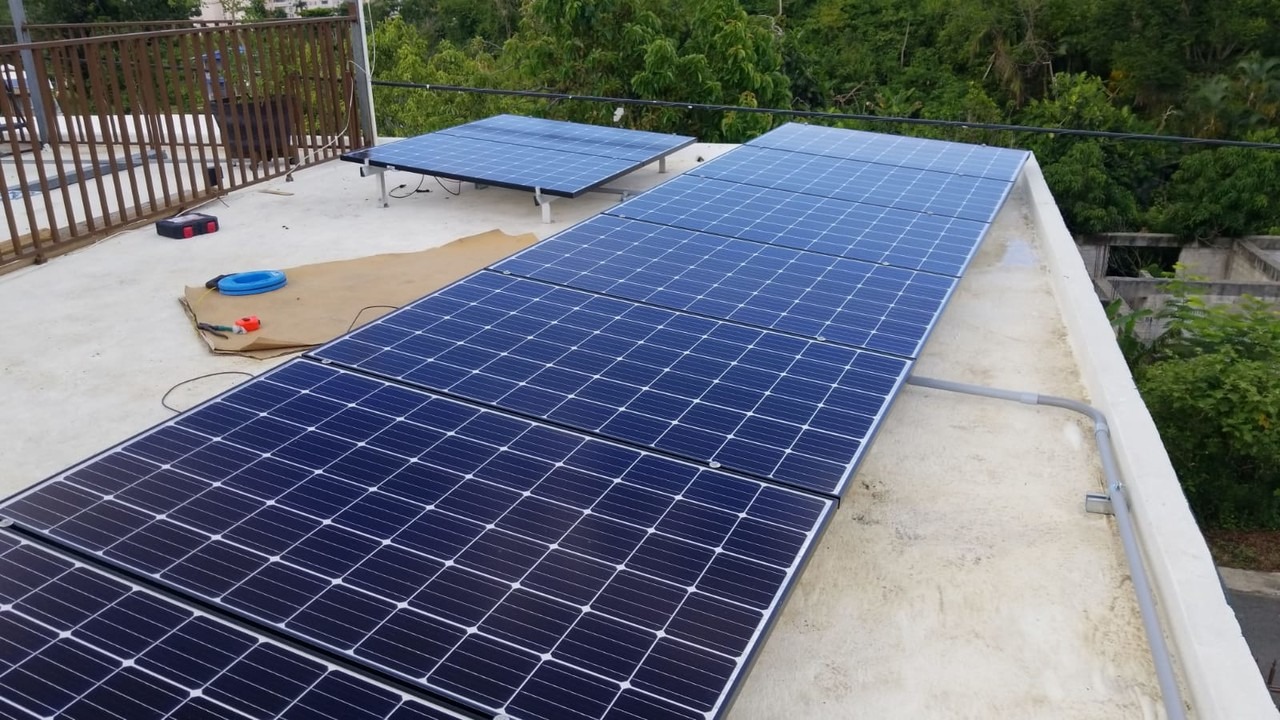
Choose the Right Battery Type
Finding the right battery type is crucial to storing the maximum solar energy possible. Here are the main steps:
Understand Battery Types
Common batteries are lead-acids, which are the most traditional and have been around for decades. They are very cost-effective, though low in lifespan and depth of discharge . Typically they last 3-5 years throughout with DoD 40%-50%. Lithium-ion batteries are by far the most efficient and have a longer lifespan and usually very high DoD. They can last 10 to 15 years and have the DoD between 80%-90% and are the most popular by far. They are manufactured by several different S&E companies, such as Tesla Powerwall and LG Chem’s RESU. Both lead-acids and litium-ions are not sustainable due to limited access to the required resources. The other two types are not as common; saltwaters are of growing popularity as they are completely non-toxic and last very long, over 20 years, but are less efficient, and flow batteries are used by big businesses, but are highly expensive and hard to use. They are only worth it if the amount of solar panels on a household are at least 5 kilowatts big, otherwise they are outdated and unsusteinable.
Evaluate Efficiency and Lifespan of the Systems
Utilities are battery efficiencies, and the most commonly used on and also the most efficient on the market are the lithium-ion batteries. Their efficiency for DoD is around 90%-95%. Lead-acids have a general efficiency of 80%-85%. Longer lifespans means less need to buy another battery, and their batteries usually last between 4,000-6,000 cycles. Lead-acids last for 500-1,000 cycles.
The factor of depth of discharge should be considered. DoD defines the percentage of a battery’s capacity that can be used before requiring a recharge. Greater values of DoD mean that the battery can be utilized for a higher quantity of energy. For example, a 10 kWh battery with 90% DoD will allow using 9 kWh of energy. In this way, it is possible to obtain electricity cost data for one kWh of energy.The cost of the battery should be thoroughly evaluated. The matter is that an initially cheaper cost of the lead-acid battery is accompanied by a higher cost of electrical energy. The overall price of the battery is $100 – $200 per kWh. Lithium-ion batteries are more expensive in terms of the initial cost and reach $500 – $800 per kWh. However, such batteries have higher efficiency, which influences their lower costs in the long-term perspective.
A residential system in Arizona
A family living in Arizona required a particularly reliable solar storage system. The matter is that in this state, summer power outages are widespread. So, batteries will provide the unlimited generation of energy to supply people’s needs. A family that needed such a storage unit was choosing between the lead-acid battery cheaper in the long-term perspective and lithium-ion batteries. They had opted for the 13.5 kWh Tesla Powerwall Lead-acid options only seemed to be cheaper at first, and in the long-term perspective, the Powerwall with the higher value of DoD and efficiency allowed storing and using a higher energy quantity, providing a higher level of manufacturing energy. As a result, the costs of energy in this family decreased by 20% after 5 years of using the battery, and the power remained at the same level.
Optimize Solar Panel Configuration
Solar panel configuration is necessary for achieving the highest levels of solar energy storage. In order to have a highly efficient solar panel system, the following steps could be taken:
Making a preliminary assessment of the roof space and orientation. For maximum efficiency, you should have a south-facing roof if you live in the Northern Hemisphere. Additionally, make sure there are no surrounding trees or water tanks which could cast shadows on your panels. Ideally, your panels should be at an angle equal to your latitude ensuring the maximum amount of sunlight exposure.
Calculating the optimal panel tilt and orientation. It is one of the most critical factors which determines the efficiency of your solar panels. Tilt your panels between 15° to 40°. A steeper tilt is ideal during the winter, due to the relative weakness of the sun, while a more shallow tilt is useful in the summer when the rays arrive perpendicular to the earth. Use tools available from solar panel providers or even free resources like PVWatts to calculate the best tilt and orientation according to your location.
Calculate how many panels you will need. This involves calculating how many panels are needed to meet your average energy requirements. For example, if your house consumes an average of 30kWh per day and you use 300-watt panels and your location has an average of 5 peak sunlight hours you would require around 20 panels.
Choose high-efficiency panels. High-efficiency monocrystalline solar panels have 17% to 22% efficiency, while polycrystalline panels range between 15% to 17%. High-efficiency panels are more expensive, but generate a higher wattage per square foot, making them ideal for locations with limited roof space.
Incorporate Microinverters or Power Optimizers
To maximize energy harvest, consider using microinverters or power optimizers. Microinverters convert DC to AC power at each panel, reducing the impact of shading as well as panel mismatch. Meanwhile, power optimizers function in a similar way by optimizing the power output of each panel before sending it to a central inverter. Systems that use microinverters tend to be 5-10% more efficient than those using a single central inverter.
Implement Solar Tracking Systems
For ground-mounted systems, solar trackers can greatly increase energy production. Single-axis trackers follow the sun’s path from east to west, making them known to boost energy output by 25-35%. Dual-axis trackers also adjust for the sun’s height, thus capable of increasing output by up to 40%. While trackers require more upfront costs and more maintenance, they are a sound choice when maximizing efficiency in large-scale installations.
Case Study: Commercial Installation in Texas
There was a commercial complex in Texas that wished to optimize its solar panel configuration to reduce energy expenditure. They installed 500 monocrystalline panels that had a 20% efficiency rating oriented at a 30° tilt. Moreover, they reduced the impacts of shading from nearby buildings by using microinverters. They also invested in single-axis solar trackers to further increase energy output. Overall, the configuration added up to a 35% increase in energy production. Thus, the facility is now able to significantly decrease its utility bills while also achieving a faster payback period.
Monitor and Maintain the System
Ensuring proper levels of performance is essential for long-term productivity. As a result, use solar monitoring systems to measure the output of each panel and act on any changes swiftly. In addition, you should also consider cleaning the panels periodically and inspecting them for any potential damage to maintain them’ efficacy.
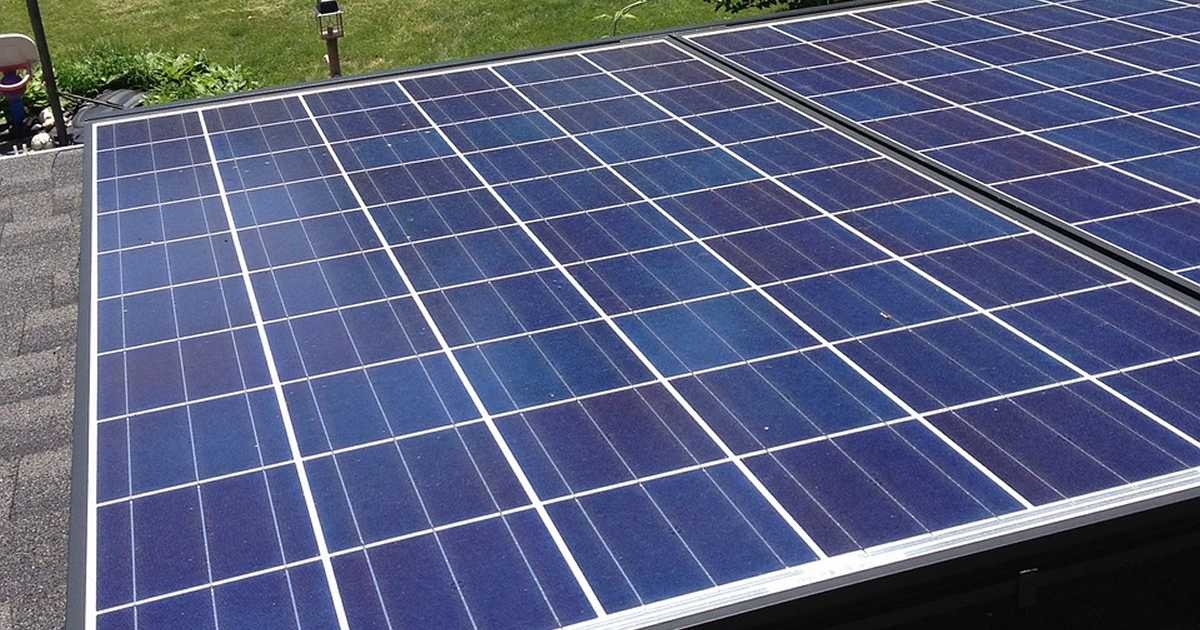
Install an Efficient Inverter
For those willing to maximize solar energy storage, installing the most efficient inverter is a fundamental step. This instructions guide provides a dossier to choose and install the right inverter for a solar power system. I. Apprehend the mission of the inverter An inverter is a device that converts direct current into alternative current used by most household appliances. The most efficient inverter does more usable electricity and wastes less energy during the process whereby conversion efficiency usually ranges 95-98%. II. Elect a proper type of the inverter There exist three principal kinds of inverters string, micro, and power optimizer. The first is the most widespread and affordable since it connects a series of solar panels with only one device. Although string inverters are highly efficient and reliable, the output of the entire series is influenced by the weakest element if it is in shade. The second type optimizes the performance of each solar panel due to being installed on it. Therefore, it is beneficial for roofs affected by shading or other issues to cast shade on a solar panel. The efficiency of the inverter arrays may be enhanced by 5-10%. The third kind of inverter is attached to each solar panel but required only one central device. The device works upon the principle of microinverters but costs almost the same as string converters. It improves the DC output of each panel prior to feeding it to the central inverter that, in the end, improves the systems overall efficiency. III. Rates the efficiency and size of the inverter If possible, choose an inverter of the most suitable efficiency. The expectation value of the device’s efficiency should be higher than 96%. Also, do not overrate the inverter since each inverter is focused upon a certain capacity of solar arrays. If you have a 10kW array, do not select inflating capacity of the inverter. IV. Modern advanced inverter features Modern inverters contain a set of additional features that may be beneficial for a customer and improve its operation.
- Maximum Power Point Tracking : MPPT technology adjusts the electrical operating point of the modules, thereby optimizing power output from solar panels. Especially for systems having panels at differing orientations to the sun or getting partial shading, inverters with multiple MPPTs will be useful.
- Monitoring : Solar inverters that have inbuilt monitoring can track the performance of your solar system. This will provide information about how much energy is being produced in real-time through apps or on their respective internet platforms.
Plan the installation location
- The location where the inverter is installed can also impact the operation of the unit. To improve the efficiency and lifespan, the inverter should be installed in a cool, shaded area. Direct exposure to sunlight can cause overheating, reducing the efficiency and also the lifespan of the inverter. It is advisable to install it in garages, basements, or on exterior walls that are shaded. Enough air ventilation should also be provided to the inverter, and it should be easily accessible for any maintenance that might be required.
Real-world example
- A residential property installed a 6 kW solar system in California. The system was given microinverters at the site as the power lines needed to be run for about 80 feet to carry the energy from solar modules on the roofs to the inverter. Due to partial shading of the system by the trees of the neighbors, they chose Enphase ‘s IQ7 microinverters. Their efficiency was 97.6%, and the inverters were also coming with their monitoring facility. The selection of microinverters was appropriate in this context to maximize the energy generation. Over the first year, the performance of the PV plant was way beyond the expectations, and it produced nearly 7500 kWh of energy for their residential use. Their energy bills were substantially reduced by about 2,500 kWh. The money they spent to purchase the solar modules was recouped by the saving in bills, and the rest was a gain to the family.
Maintenance
- For maintaining the efficiency levels of the inverter, it is required to periodically inspect the inverter. You will have to wipe out the dust and debris accumulated on the inverter, and also check the tightness of all the connections. The monitoring system will also warn you suitably prior to the formation of large issues, and you should take care to repair these immediately.
Regular Maintenance and Monitoring
Solar energy technology is innovative and plays a crucial role in the provision of green energy. Although good for the environment, solar energy systems need to be well maintained and monitored consistently to increase their staying power in storage. Here is how you can clean, inspect, and monitor your solar energy storage system.
Routinely Inspect the System
Routinely inspect the solar panels for dirt and debris. Dirt covers a set of solar panels thus reducing the energy provided to the battery. The impact of debris is such that you can lose up to 1 20% absorption of sunlight. Purchase a solar panel kit that consists of a soft brush with a long sponge, and prevent the use of abrasive items and materials on the solar panel. Purchase a cleaning agent that will protect the solar panel from chemical damage and high-pressure hose for cleaning the batteries. Scrub the batteries gently to avoid abrasions and remove the dirt early to avoid hardening. Further, look out for cracks, chipping, or any other visible damage to the solar panel. This routine should be conducted twice a year and should be carried out during winter and summer. Other parts that need to be inspected include the system inverter and fuses. Ensure that all the connections are in place and that there are no loose wires. Panels, wiring, and the charger can be blown up by rats and pests, so occasional checks should be in place.
Clean the Solar Panels Regularly
Cleaning the solar panels increases their efficiency and improves their energy absorption process. Call your energy supplier to buy the recommended cleaning agents and clean the solar panel with a long brush on a sponge. Do not clean your solar panels with sharp bushes which may cause and redefine crack lines. Apply the recommended agent on the panel then wipe off with the sponge. Avoid the use of garden roses as they may have high water pressure and may blow off related components such as the batteries, which contain acid, and the system inverter. The batteries can also explode and cause permanent damage to the house. Cleaning solar panels also reduces the dangers of pests such as rats that are always attracted to the panels. Small pests can be blown up on pests accumulates and destroys the solar panels. Cleanshield should be used to clean and protect the plates from being destroyed if undetected on time.
Monitor the System
Today, most of the solar energy panel monitoring systems are controlled by the World Wide Web. To monitor the efficiency of the solar panel, click the World Wide Web on the website, and sign in. some of the types of solar monitoring systems include your, APS, ENPV, SolarEdge, and Lumioncs. The solar monitoring system will provide several options which will graph your daily weekly monthly and yearly efficiency. Some of the monitoring systems will provide the time taken for the system production of energy which may be reduced if there is consistent cleaning, damage, or loom distance and algae growth in between the foliage of the solar panels.
Test Backup Systems
If your solar energy system has backup power options, such as a battery storage system or generator, ensure that they can provide power when needed. Check the transfer switch and ensure that it works. Testing the system every few months, depending on the frequency of power outages, will help you to make sure that it is ready for an emergency. The test can be done by activating all the required appliances for at least a few hours to see if the generator or battery can provide enough energy.
Review and Update Software
Keep your monitoring systems and inverters software up to date. Solar equipment manufacturers frequently release updated versions of infighting software, and regular software renews will help to ensure that your system is operating at its best. Apart from fixing bugs, they can improve performance or add other useful features. Easily check the available updates every month to keep your solar system efficient.
Professional Maintenance Services
Consider opting for a professional maintenance service that can periodically inspect and service your solar system in a more comprehensive manner. While most of the maintenance can be done by a homeowner, professional maintenance staff can perform more comprehensive inspections, cleaning, and repair. Professional services usually result in a greatly increased lifespan for a system. For an extended longevity, consider a professional service at least once a year.
Real-World Example: A Solar Farm in Nevada
A large solar farm in Nevada was employing a stringent maintenance and monitoring plan. Their maintenance workers were inspecting the system every two months, and the farm itself employed an advanced monitoring system to monitor all real-time production metrics. They were cleaning their panels every three months and fixing any issues on the spot. Due to their proactive stance, the farm had an average efficiency rate of 98%. This efficiency increase led to a 15% APK increase in comparison to average farms in the area.

Leverage Smart Home Technology
Using smart home technology is one of the most effective steps towards optimal solar energy storage. To do it most efficiently, you should:
Implement a Smart Thermostat
These devices can reduce the energy consumption by your heating system and cooling systems. For example, the Nest Thermostat or Ecobee would learn your schedule and control the temperature changes automatically, helping you to save up to between 10 and 15% of your heating costs and screens. You can also control it from your smartphone, adjusting the schedules to the changing weather or your absence.Use a Smart Plug or Smart Power Strip
When you need to manage the energy consumption of a specific device, you can easily control it using a smart plug or smart power strip. These devices would allow you to turn the appliance off or on from a distance, schedule its usage and monitor the consumed energy.
Implement a Home Energy Management System
Most technologies implemented in smart homes use a Home Energy Management System . It is a central unit that can control the monitoring systems and other smart devices. For example, Sense or Neurio is connected to your household’s electrical panel, and they track your energy consumption. They would tell you what uses the most energy and how to reduce it, ensuring that you have better use for your stored solar energy.
Install Smart Bulbs
The most common way to use smart technology for lighting is by using smart bulbs. The most common smart bulbs are Philips Hue and LIFX. It can be scheduled, and turned on or off using apps or voice commands. In most cases, the lighting is either not needed or can be reduced, making them use the most energy. For example, you can turn the lights off while you are not home or keep them dimmed during the day.
Utilize Smart Appliances:- Smart appliances can be programmed to run during off-peak hours when the energy demand is lower. This enables these appliances to use the generated power rather than the stored power. Samsung and LG are just some of the brands that offer smart appliances that can be controlled remotely and integrated part of your home automation.
Implement Smart BMS:
- Smart Battery Management System enables batteries to be charged during peak solar production and discharged during peak consumption. This ensures that the overall efficiency of your solar storage is maximized. BMS from Tesla’s Powerwall and LG’s Chem RESU are highly advanced.
Real-world example:
- A homeowner in Colorado implemented a smart home to manage power produced by the solar cells. Nest Thermostat, Philips Hue smart bulbs, and TP-Link Kasa smart plugs were used in this smart home. The individual tracked power usage with the Sense Home Energy Monitor. The smart thermostat enabled a decrease of heating and cooling cost of 12 %. Meanwhile, the lighting was adjusted to ensure that the solar power stored in the battery was not wasted in lighting in the house. The appliances were also adjusted to be activated during the daylight. This led to a 20 % decrease in the power required for the home, and the battery was used 48 % of the month.
Maximize solar power usage using smart scheduling:
- A smart home can utilize this due to the fact with the data received on solar energy produced the smart home can develop strategies to ensure that the solar power is always used. A washing machine, for instance, can be scheduled to run in the middle of the day. This can be done by use of various smart home applications that can be installed on platforms like Amazon Echo.

